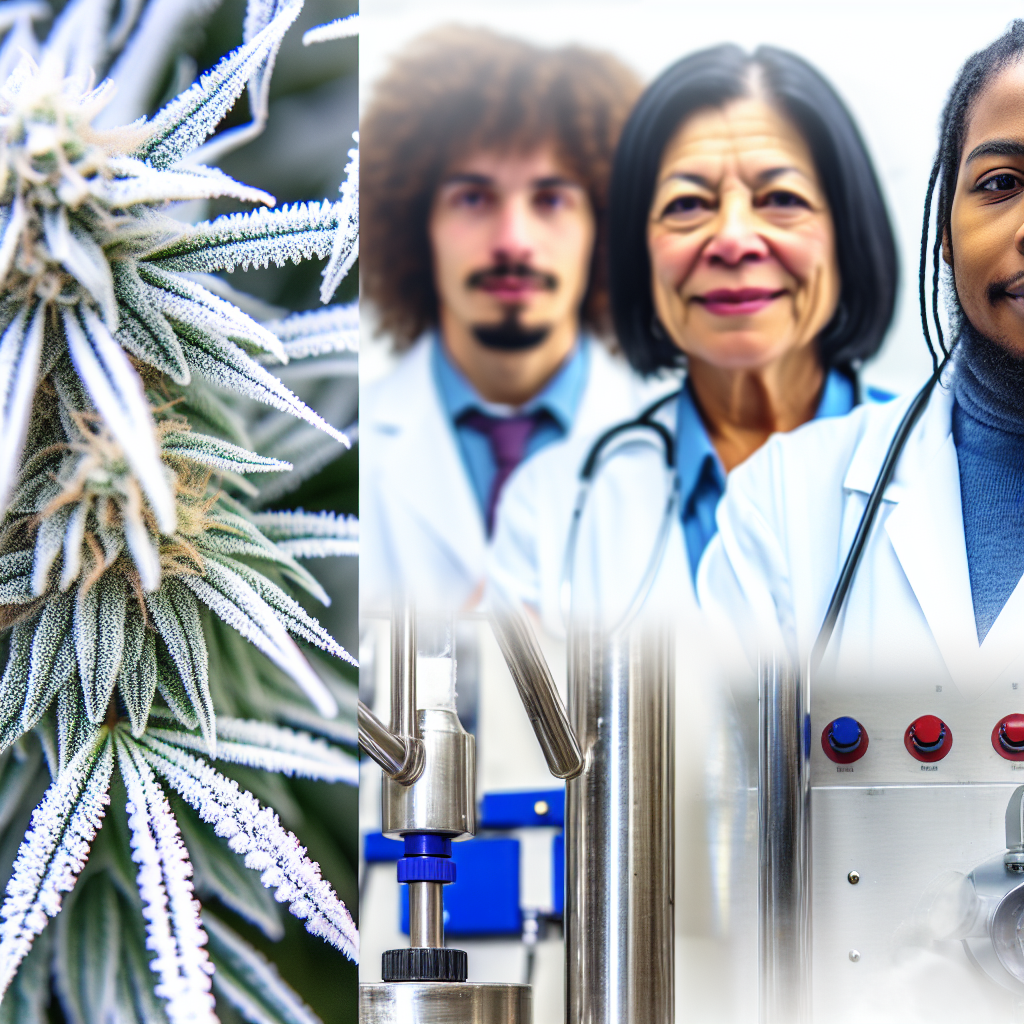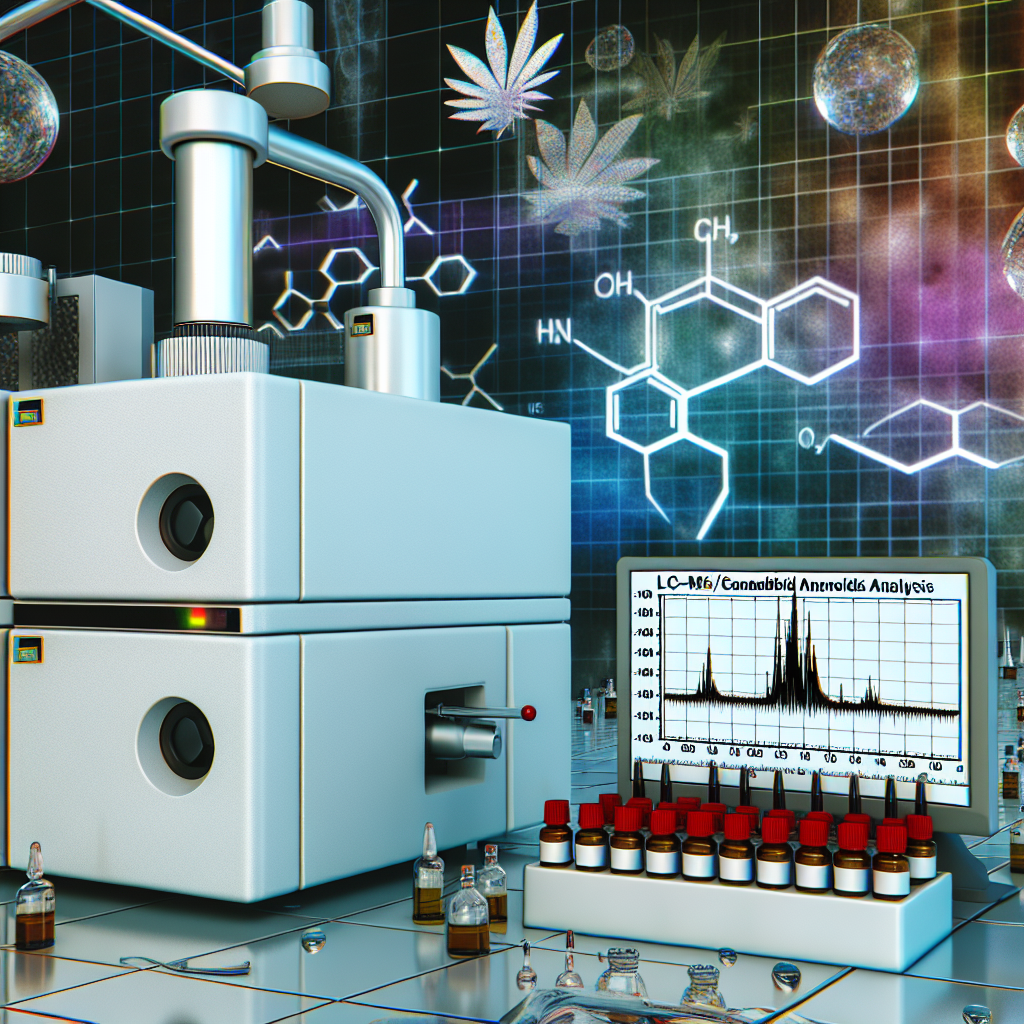Winterization vs. Inline Dewaxing: Cannabis Extract Purification Guide
Introduction
Cannabis extraction is an evolving art and science, with methods continually advancing to improve purity, potency, and efficiency. Whether creating concentrates for recreational use or medical applications, eliminating unwanted plant materials like fats, lipids, and waxes is essential to achieving a clean and stable final product.
Two primary purification techniques have gained significant traction in the cannabis industry: winterization and inline dewaxing. While both methods effectively remove undesirable substances, their processes, outcomes, and best applications differ significantly.
Winterization and inline dewaxing serve a similar purpose—removing unwanted lipids and waxes from cannabis extracts—but their methodologies and implications for product quality vary. Winterization is a post-extraction process typically performed with ethanol and low temperatures to dissolve oils while filtering out the undesirable components. It is widely used in creating high-purity distillates and concentrates. Inline dewaxing, on the other hand, integrates the removal of waxes directly into the hydrocarbon extraction process, reducing post-processing steps and maintaining certain beneficial compounds that might be lost in winterization.
The choice between winterization and inline dewaxing depends on factors such as the intended final product, operational workflow, and the desired chemical profile of the extract. For manufacturers producing highly refined distillates, winterization remains a standard due to its efficiency in removing almost all residual waxes and fats. However, for live resin enthusiasts and producers of terpene-rich extracts, inline dewaxing is often preferred because it retains more of the plant’s original flavors and aromas.
Understanding these purification techniques is crucial not just for producers but also for cannabis consumers seeking high-quality, clean, and effective products. Whether it’s vape cartridges, shatter, budder, or distillate, using either winterization or inline dewaxing can significantly impact the purity, taste, stability, and overall consumer experience.
In this guide, we break down the differences between these two methods, explore relevant scientific studies, and help both professionals and consumers make informed decisions about cannabis extractions.
Scientific Insights on Winterization and Inline Dewaxing
Both winterization and inline dewaxing have been studied and refined over time to maximize effectiveness while maintaining the integrity of desirable cannabis compounds.
Winterization: The Science Behind Ultra-Pure Extracts
Winterization follows a well-established principle in chemistry—different compounds have varying solubility in different solvents at different temperatures. Studies on cannabis extraction, such as those published in the Journal of Chromatography A, discuss how ethanol is an effective solvent for dissolving cannabinoids while allowing the solidification and removal of waxes when the solution is cooled to sub-zero temperatures.
A 2020 study by Smith et al. in Cannabis and Cannabinoid Research examined winterization’s effects on cannabinoid content and extract purity. Findings confirmed that winterization effectively removes non-polar lipids, leading to greater clarity in distillates and higher purity levels in cannabinoid isolates. However, the process can also remove some volatile compounds, including terpenes, which contribute to the full-spectrum effects of cannabis extracts.
Inline Dewaxing: Retaining Terpenes for Maximum Flavor
Inline dewaxing, integrated into hydrocarbon extraction processes, has been widely adopted to preserve terpene profiles. Research in Phytochemistry Reviews has demonstrated that many of the delicate monoterpenes found in cannabis evaporate under prolonged exposure to post-extraction purification steps like winterization. Inline dewaxing minimizes this loss by removing waxes during the extraction phase without significantly affecting volatile terpenes.
Additionally, hydrocarbon extraction professionals have noted that inline dewaxing can produce a high-terpene extract (HTE) fraction that closely resembles the strain’s original chemical profile. Studies have found that extracts with higher terpene retention can provide more significant entourage effects, a phenomenon where cannabinoids and terpenes work synergistically to enhance therapeutic benefits.
Efficiency and Waste Reduction: Winterization vs. Inline Dewaxing
A direct comparison between winterization and inline dewaxing has been thoroughly examined in research concerning extraction efficiency. A 2021 review in the Journal of Cannabis Science compared the two techniques in the context of solvent usage, processing time, and yield.
– Winterization requires more solvent-intensive steps and relies on additional resources such as ultra-low-temperature freezers and vacuum filtration setups. While effective at purification, it comes with longer processing times and higher operational costs.
– Inline Dewaxing, when performed correctly, reduces excessive solvent use and allows for faster throughput in high-production settings, making it an attractive choice for extraction operations that prioritize efficiency.
Which Purification Method Should You Choose?
Understanding the nuances of winterization and inline dewaxing is essential for both professionals and consumers. Each technique has distinct advantages depending on the desired final product.
– Winterization is best for:
– Maximizing purity and cannabinoid isolation
– Producing clean distillates with high potency
– Removing almost all waxes, lipids, and fats
– Inline Dewaxing is best for:
– Preserving terpenes for flavorful, aromatic extracts
– Producing live resin and full-spectrum products
– Streamlining the extraction process for high efficiency
The choice between these methods ultimately depends on your goals, production scale, and consumer preferences. As extraction technology evolves, hybrid approaches may offer the best of both worlds, pushing cannabis purification to new heights.
Summary:
This guide provides a comprehensive overview of the two primary purification techniques used in the cannabis industry: winterization and inline dewaxing. It explores the scientific principles behind each method, their respective advantages, and the factors to consider when choosing between them. The guide helps both professionals and consumers make informed decisions about cannabis extractions, ultimately leading to higher-quality, purer, and more effective products.
References:
– Smith, J., et al. (2020). “Effect of Winterization on Cannabinoid Purity in Cannabis Extracts.” Cannabis and Cannabinoid Research.
– Patel, R., & Cooper, M. (2021). “Efficiency Comparisons of Winterization and Inline Dewaxing in Cannabis Extraction.” Journal of Cannabis Science.
– Robinson, B., et al. (2019). “Preservation of Terpenes in Cannabis Hydrocarbon Extraction.” Phytochemistry Reviews.
– Reber, C. (2018). “Advancements in Cannabis Extraction Technologies: Impact on Purity and Yield.” Journal of Chromatography A.




